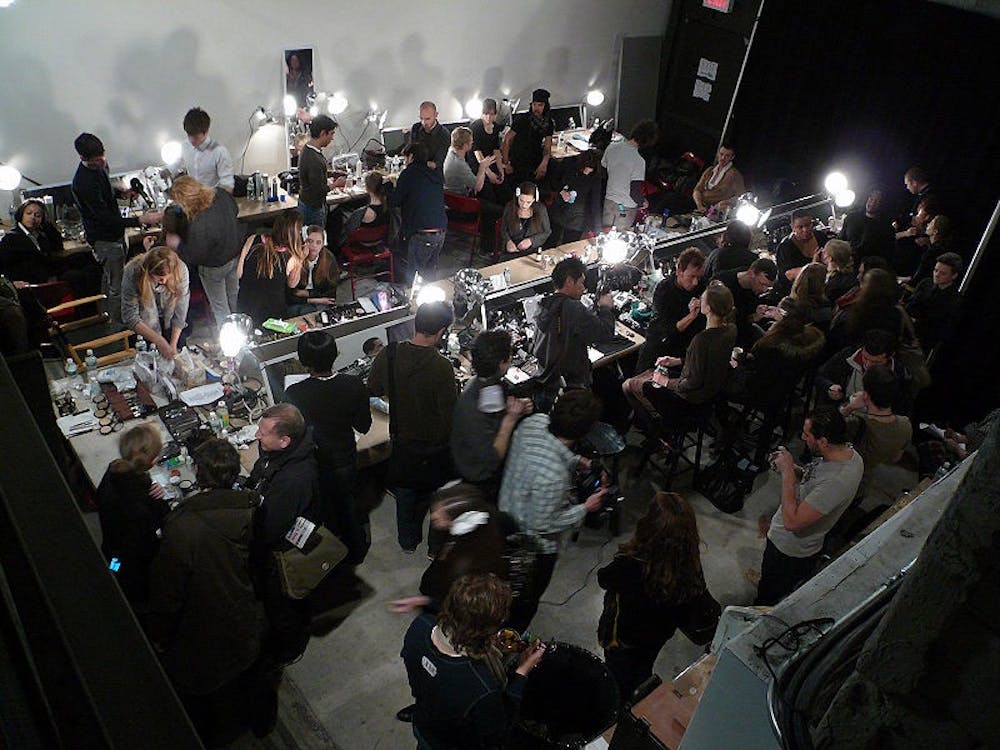Once again creating a huge buzz, this year’s New York Fashion Week (NYFW) ended just last Saturday, Sept. 14, telling us what our closets will look like this coming season.
Relaxed silhouettes, polka dots and bright blue shades are some of the trends that swept runways for the Spring/Summer 2020 collections.
Influencers Instagram-storied shows, models walked the runway and, while I looked at the whole fashion scene from afar, I’ve gained a few takeaways from the annual fashion bonanza.
This year’s NYFW was particularly progressive and political. Two years ago, transgender model Ariel Nicholson made her career debut “as a high-school sophomore” when Raf Simons hand-picked her to walk for Calvin Klein’s Spring/Summer 2018 show, according to The Business of Fashion, a digital news source on global fashion.
As I vicariously followed this year’s fashion shows myself, I saw her name show up on various influential Instagram accounts, which praised her for her performance during Tokyo-based designer Tomo Koizumi’s Spring 2020 show on Sept. 6. She walked an hour straight in seven 40-pound dresses with her hair styled into a cone taller than a baby — a very tall baby.
Designer Prabal Gurung also made a statement with his runway show focusing on the question, “Who gets to be American?” According to an article by Harper’s Baazar, Gurung was drawn to show “the many faces of America” after he was questioned about his own “Americanness,” solely because he didn’t look “American” enough.
While the actual aesthetic of his outfits utilized a range of what would be considered quintessentially “American,” from handheld baskets arranged with roses to denim prints, the stage was filled with a diverse cast of models to remind us that the U.S. is, indeed, not a monolithic society.
He ended his show with a stirring finale, during which he displayed the bold statement, “Who Gets to be American?” written in blue letters on white and red sashes worn over each outfit.
Other designers were also more vocal about environmental sustainability in the world of fashion.
Phillip Lim, designer of the brand 3.1 Phillip Lim, recently participated in a talk titled “Responsible Revolution.”
In the talk, he reflected on how he realizes his vision as both a “nature lover” and a creative director of a self-owned brand.
He then explained the step-by-step processes that go into producing garment material, calling for people to use more natural fibers and textiles while generating minimal waste.
In the same talk, Amber Valletta, model and activist, shared her preferences for vintage outfits, along with other habits that make her a more sustainable consumer.
For example, she often reuses and repurposes hemlines of old clothing, once again, emphasizing the way in which circularity can be just as important as sustainability.
“All businesses have to move in that direction. We can’t keep extrapolating more raw materials and more resources from the planet,” Valetta said. “We have to find ways to use what we have and just stay in a pattern of circular design and put back it and reuse it.”
It seems as though individual consumers can also take part in the circularity movement by treating the end of the life of a piece of clothing just as importantly as the start of one.





